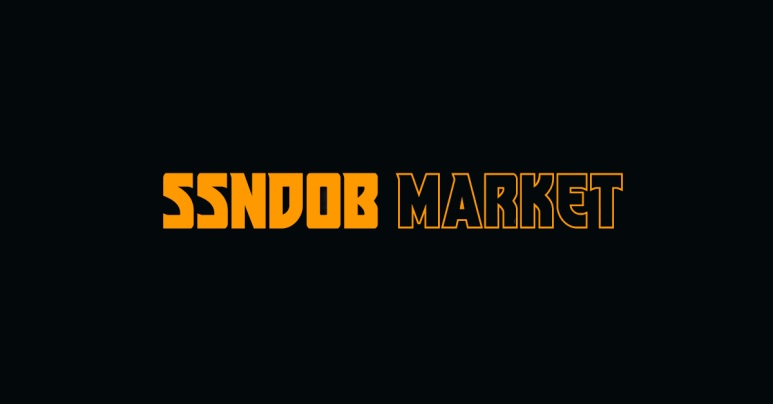If a consumer is a new comer to the application form, he/she is revealed the information “Welcome. Currently a customer? Click here to sign in”, usually they see their person name and a key to the right named “My account” allowing them to revise their information. This information is stored in a consumer area cookie that’s kept for 30 minutes fullz.
Create a straightforward E-shop software applying PHP and MySQL*. This may be a bookshop, music shop, garments keep, or whatever else you wish. There should be a “user” software allowing customers to choose and obtain objects (don’t be concerned about the cost area of things). Essentially there should also be considered a password-protected “owner” software, allowing the E-shop driver to view/edit stock and impending orders.
The workout is intentionally “hard” given the short timeline, and I do not assume everyone always to accomplish it to perfection. This will be taken under consideration in the marking.
If you want to make use of different web-based systems (e.g. ASP, JSP, Pearl) please do so. But, please do NOT use high-level software plans which involve no coding abilities (e.g. “wysiwyg” HTML editors), as these relatively beat the goal of taking this module.
In classes A to D, the marks are granted in a “binary” way (i.e. the student receives often the entire weighting level otherwise zero). Ergo 30% can be purchased by simply demonstrating a simple familiarity with HTML, PHP and MySQL. The rest of the classes are noted in a “continuous” fashion (i.e. any number of marks between zero and the weighting price can be awarded).
My digital shop software is for the purchase of books and other numerous object bought by the Wandle Commercial Museum. That growth is just a logical expansion to a preexisting fixed website. The information and standard format of my software are based on this pre-existing work.
the first monitor, not including the initial structures found in the Memorial website. All of the material in the very best and bottom structures is low useful and is included for completeness, and also this helps demonstrate the active HTML that offered secondary navigation structures.
If a consumer is a new comer to the application form, he/she is revealed the information “Welcome. Currently a customer? Click here to sign in”, usually they see their person name and a key to the right named “My account” allowing them to revise their information.This information is stored in a consumer area cookie that’s kept for 30 minutes.
The summary of objects reveals that code, name, value, description and stock level of all items. The present also contains two additional other opportunities, 1 objects which can be out of stock are display in red text. 2 objects that are not bought through the online shop are “grayed-out” in both these cases the “buy” button is removed from all exhibits for confirmed item.
The Basket Initially there is not looking holder until the consumer provides an item, until such time hitting the “see holder button reveals a default screen.
When an item is included, their volume is set to one by default, this will often be improved by the addition of the exact same object to the holder again or by clicking in the increment button on the holder computer screen revealed here. After a holder is established and the consumer enters the system these choices are available underneath the solution description:
If that is de-incremented to zero then it is removed from the basket. The holder is based on PHP sessions and unlike the consumers identification, that will be reined for 30 minutes, will not persist after the example on the visitor is closed. If the consumer is as yet not known to the application form when he/she efforts to accomplish the transaction, they’ll be requested to register, if the consumer posseses an bill he/she may login and carry on with the transaction.
Goods can be added to looking holder often from any summary listing, or an item description page. A summary page exhibits standard object information in a tabular format whithout pictures, like the one revealed proper by hitting the “buy” button at the left on that line.
That can be performed from that detail page, that will be shown by clicking the items code revealed on the left of the summary display. Each object detail page also contains a “buy” button as well as the other looking holder tools” These are on the summary page but at the bottom therefore involve scrolling
If the consumer is as yet not known to the application form when he/she efforts to accomplish the transaction, they’ll be requested to register, if the consumer posseses an bill he/she may login and carry on with the transaction If the consumer hasn’t got an bill he/she should register before to be able to end getting anything. Here we start to see the effect of an invalid effort to join up a fresh account. An individual is given a text description of the problem and the suppose entities are spotlight in sequence until all anomalies have been resolved.
After the consumer has listed he/she is requested to printing the proper execution for his/her reference. Then is logged in and may avoid validation when buying. The application form has been difficult coded with one administrative bill, the username is “system” and the code is “god” Note there is presently no way to change this.
That monitor enables the consumer to often revise a preexisting information object in confirmed class recognized by their solution code or develop a new service day item. The application form includes a unique pair of validation standards as revealed next image. Goods are stated leader numerically, left to right.
